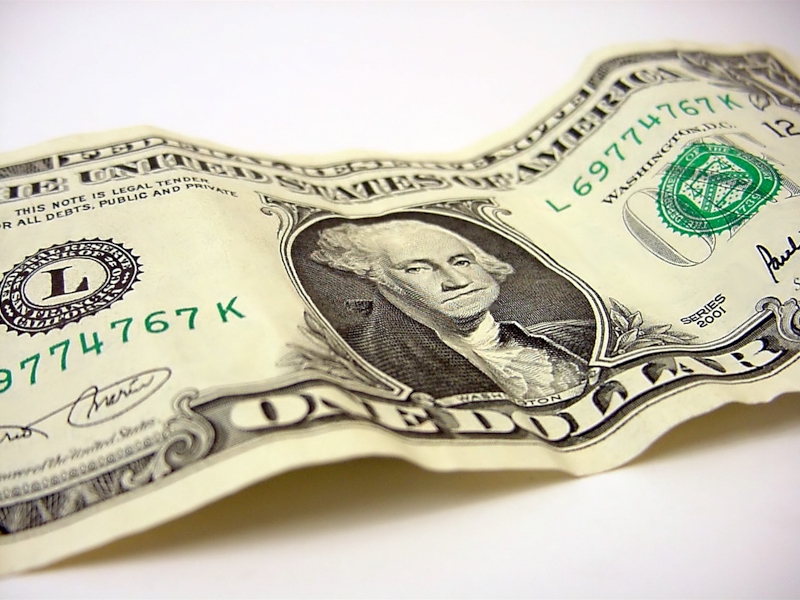
A research project conducted by New York University found that paper money can host hundreds of different types of bacteria and other contaminants.
Analyzing U.S. one-dollar bills, the researchers found more than 3,000 types of bacteria in all, which was many times more than had been found in previous studies. In fact, so many microorganisms were documented that researchers could not identify all of them, as some have yet to be cataloged.
The most common types of pathogens found on the dollar bills are those known to cause ailments such as:
• Acne
• Gastric ulcers
• Pneumonia
• Food poisoning
• Staph infections
According to one of the researchers, Jane Carlton, "It was quite amazing to us ... We actually found that microbes grow on money."
While the research focused on U.S. currency, it has long been believed that contaminants are found on other currencies as well, such as rupees and euros, and could become a source of disease spread from one country to another.
"Historically, when trade and travel were less global, we were not as concerned about contaminated money," says Tom Morrison, vice president of marketing for Kaivac. "But globalization has resulted in different currencies [being] exchanged more freely throughout the world."
Morrison believes the "dirty money" problem could grow significantly in years to come. This is because many countries are exploring options to make paper money last longer. Replacing these bills is costly ... taking steps to make money last longer could be a cost savings.
"The problem, of course, is that the older paper money gets, the more contaminated it can become," says Morrison. "[People] touching contaminated bills and then touching surfaces can transmit disease, and that's when the professional cleaning industry gets involved."
Morrison suggests that cleaning professionals put more emphasis on new "touch point cleaning" technologies; automated surface-cleaning systems that use microfiber, squeegee, and chemical injection technologies; and ATP rapid monitoring systems. ATP stands for adenosine triphosphate.
"Testing surfaces for ATP is one of the best ways to ensure surfaces are hygienically clean," Morrison adds.

 Celebrating BSCAI's 60th Anniversary eBook
Celebrating BSCAI's 60th Anniversary eBook The Down and Dirty on Cleaning in Virus Season
The Down and Dirty on Cleaning in Virus Season How Surfactant Use is Expanding in Commercial Cleaning
How Surfactant Use is Expanding in Commercial Cleaning